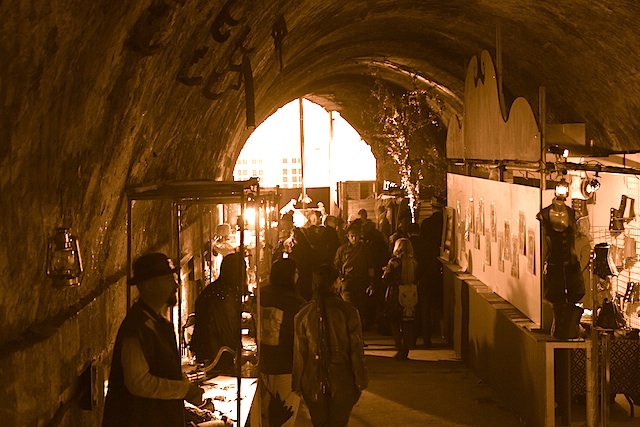I’m often asked what the interactive theatrical experience Clockwork Watch is, and the answer changes with each stage of the production. The underlying objective, though, is to create a fictional Victorian universe and tell a story where the narrative is delivered through live events, graphic novels, role-play, online news sites, and a feature film, all co-authored by the audience, through their interactions with our make-believe world over the next five years.
Our story runs across several artforms, and culminates in a movie that we hope the audience would want to see, because many of them would have contributed to the project.
The original idea for project came from Seductive Alchemy – a New Year’s Eve steampunk party I co-produced in London (2007), where on more than one occasion I was the only black person at the event. It soon became clear that I was creating an immersive make-believe world that non-Caucasians didn’t understand. I couldn’t work out what was alienating them: was it the clothing, the period in history, the music, or just the fantasy?
Based on the feedback and reaction we got from these parties, I decided to expand the universe into something more substantial. So I started writing a story set in a non-colonial Victorian age, long before the “steam-pocalypse” happened.
From that point on, every event had a pre-story that started with an electronic telegraph (email) correspondence between two ladies as they prepared for a masked ball. The weekly emails were published on a website, so the people who were buying tickets could follow the dialogue and dial into the background of the story. I wanted them to know parts of the narrative, character’s names, and roles. People came with their own stories, and characters, some even had questions based on what they had learnt from the online dialogue. It all helped to create an amazing mix of creative chaos.
One of the reasons that Clockwork Watch is set in pre-steampunk Victoriana is to make all aspects of the story universe accessible, especially to people who’re fascinated by the genre, but haven’t the ability to make or buy many of the amazing costumes, or gadgets associated with the scene.
Despite the popularity of steampunk, there hasn’t been much exploration of how the atmosphere came to be polluted, or how the re-breather became a necessity as opposed to a fashion accessory. We’d like participants to help us fill in the gaps with their own stories.
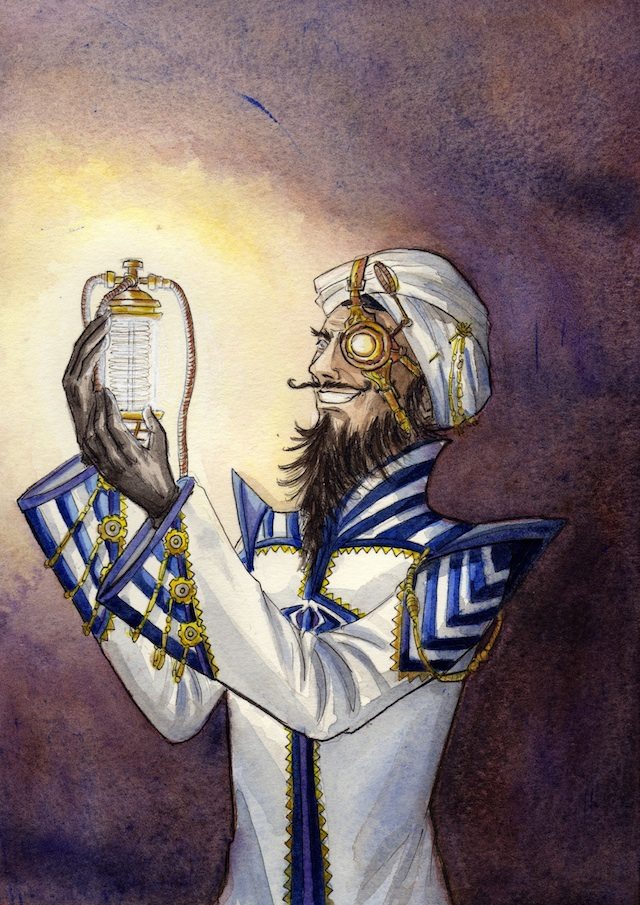
Clockwork Watch has four distinct stages: the first part is a world-building adventure. Britain is in the grip of a recession, and Queen Victoria reaches out to an Indian scientist called Chan Ranbir – a kinetic engineer who has dreams of creating a society full of clockwork servants. He arrives in London with his wife Tinku and 8-year old son Janav to head up the research at the Department for the Advancement of Sciences in London. He is the lead person on the Clockwork Project.
Chan’s progress at work starts an industrial dispute when trade unionists realise all casual labour will eventually be done by the automatons they are building, and the government is forced to shut the project down. In fact a whole department is moved to another country, away from the press and trade unions.
This part of the story was told through “The Arrival”, our first graphic novel, our launch event “Tomorrow’s World Today” and the Latitude Festival, where we interacted with many of the 35,000 attendees.
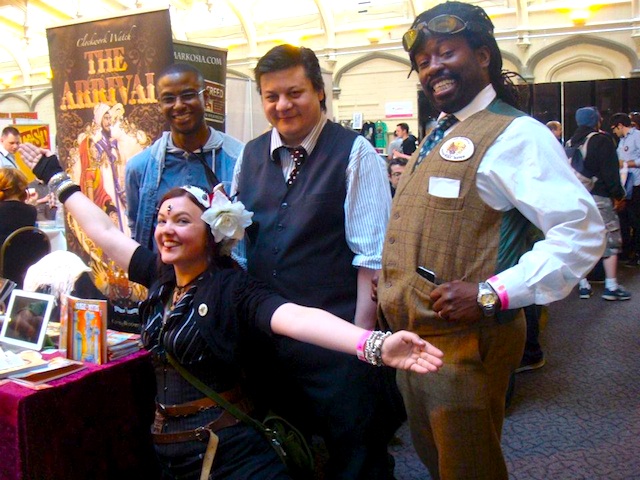
We’re about to launch the second part of the project, which features the father-son relationship between Janav—now in his twenties—and Chan. The story starts in Breakaway, the next graphic novel, and we have plans for more live events and an alternate reality game.
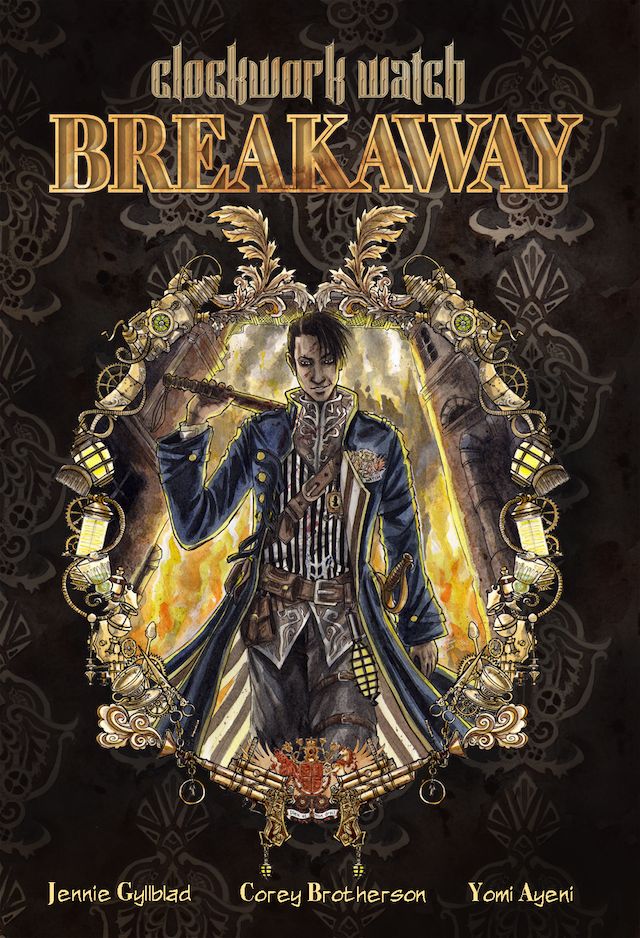
The world has changed. Clockwork Servants have evolved into sentient humanoids after several generations of development. Billboards advise the public to “Save Time – Get A Clock!”, there’s even a trade union for Clocks called the Machine Liberation Front.
The third and fourth stages focus on the start of a forbidden love affair between a man and a Clockwork Servant, and this is where the universe created by public interaction starts to impact on the story – what kind of a world our contributors created. Janav, now an enforcer at a newly formed police unit called “Clockwork Watch,” has a few grudges to settle.
The project launched at “Tomorrow’s World Today,” a live event staged in a disused arch under London Bridge Station, where we created a Victorian street market.
People were invited to be participants in a drama that was a combination of theatre, LARP and ARG. During the event we launched the sale of our first graphic novel, Clockwork Watch: The Arrival. It featured some of the very people our audience had been interacting with for 9 hours, and followed on from the very world they’d been playing in. Some participants were tasked with reporting what they had witnessed via our storytelling portal The London Gazette—a fictional online newspaper—and that was how the storytelling began.
People came in the most amazing outfits, styles, cultures, and colour! We had adults, children, parents, even several generations, it was like a street fair.
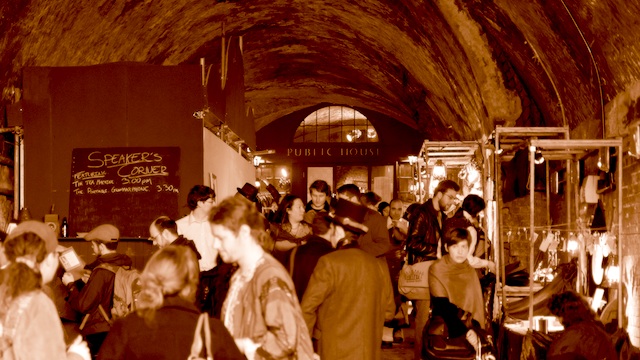
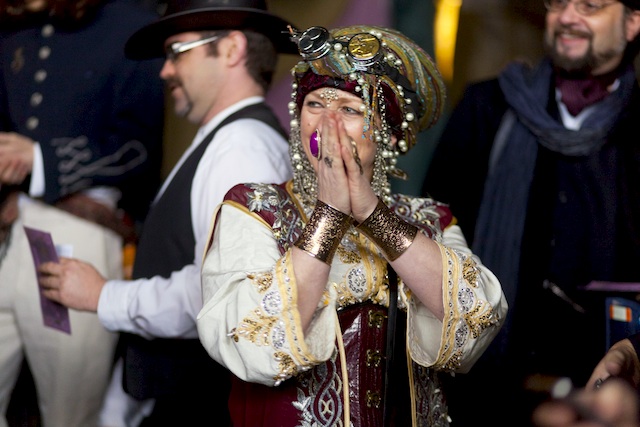

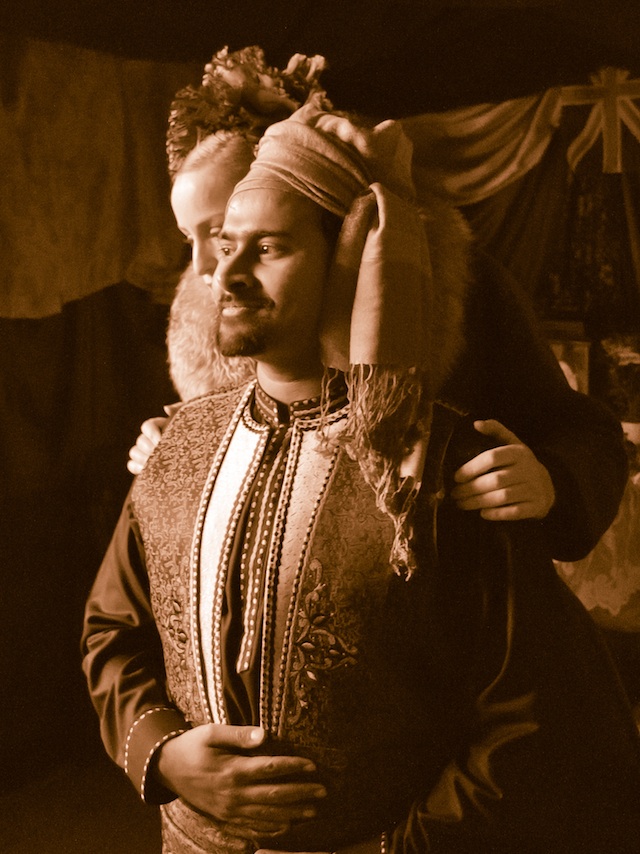
Clockwork Watch is an opportunity for people who want to tell stories, be it in written form, film, animation, or even illustrations. All the online content is released under a Creative Commons License, and each contributor owns their own respective IP.
We’ve just launched “The Laser Lace Letters,” the first collaborative project to start from inside the Clockwork Watch universe. It’s been created by Haley Moore of Texas, and her story is the start of a new business proposition which will have its own crowdfunding campaign, and will be producing ornate cameos, one of which is already sported by Janav on the front cover of Breakaway.
We are a grassroots project with huge ambitions, and wanted to make this a memorable experience from the very start, so we offered funders a chance to be sketched as characters in each of the graphic novels. This meant that many were already part of the story before we launched. I think we’ve done quite well for a project that’s only raised $10,000 (£6,500) through IndieGoGo crowdfunding.
Once again, I hear you ask “what is Clockwork Watch?” My answer is: “It’s an incredible Steampunk love story, where the audience can literally take control and become part of a revolutionary experience.”
Yomi Ayeni is a London-based transmedia creator who’s worked on a variety of promotional and self-funded interactive arts projects. The most memorable being Breathe, a series of short films delivered over a three-week period, where participants became active collaborators in a murder investigation. The story was told through Internet Radio, live events, role-play, user-generated content, film and social media platforms. In 2008, he developed Violette’s Dream,an ARG (alternate reality game) for Velvet Assassin a next-gen computer game. It was the first project to back engineer real-world interaction into the development process. Yomi produced reality TV format “e-trippers” for cable company Rapture TV, and he won Best Use of New Media Broadcast Award in 2002 for his work on reality TV show Global E-Missions (ITV).










